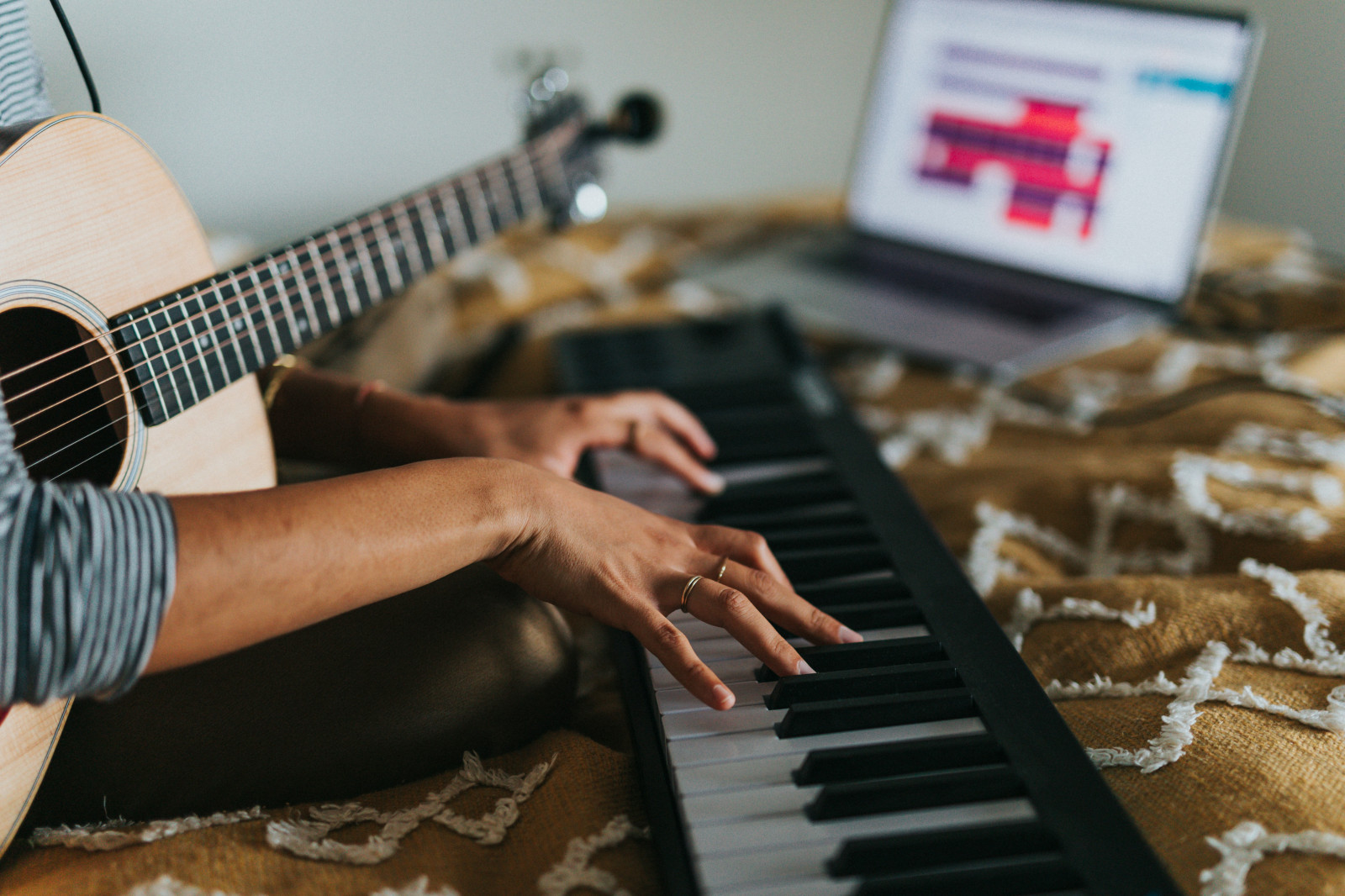Does the financialisaton of music assets help raise songwriter revenue?

Photo: Soundtrap

MIDiA’s coverage of music publishing has addressed some of the implications of financial entities becoming involved in the music space. Whether this is investment vehicles or micro-financing start-ups, they both point towards an epochal shift in music copyright ownership and who benefits from an artist’s success.
Labels and publishers, through their influence on both physical distribution and the promotional tools of radio, TV and print, previously had a monopoly on funding because no-one without these tools could meaningfully compete in the recorded music market. Indeed, as discussed last week on the analogous whaling industry of the 19th century, only an entity such as a label was willing to take on the risk of financing an artist with the view to a potentially large payoff which would account for the many artists signed that lost money. Now that the barriers to entry are in theory lower (although artists now face greater competition for audiences’ time), more entities are emerging with alternative models for artist finances. While this has already been witnessed on the artist side through services such as Amuse’s Fast Forward, it is important to reflect on how this would impact the songwriter side of the industry value chain.
Firstly, consider the framework in which songwriters are paid.Songwriter-related royalties are typically around 15% of streaming revenues, which represent around 21% of all royalties paid by streaming services. These figures manifest over five key tiers:
Featured Report
Ad-supported music market shares Spotify ascending
Ad-supported streaming has always occupied a unique and slightly contentious place in the music industry ecosystem. On the one hand, ad-supported still represents an effective way to reach consumers at scale, creating a wider subscriber acquisition funnel.
Find out more…- A songwriter earns streaming revenue overseas with a headline royalty rate of $0.0012 (one tenth of a cent)
- The international performing rights organisation (PRO) applies cultural deduction and administration fees, ~25%
- The domestic PRO applies admin fees, ~15%
- The publisher deducts its share, ~25%
- The songwriter gets a 25% share of the original song royalties
The main area of the business that manages songwriter revenues are the publishers, who contend that they are increasingly taking on higher risks with signing those who create the music (the lifeblood of the industry) and not receiving the same payoff as labels, particularly as they do much of the leg-work in promoting songs for sync revenue that the labels also benefit from. This can somewhat be attributed to streaming services having historically negotiated with labels first and helps explain why there is not much left of the royalty pot when they get to publishers, largely because of the balance of power lying with the label’s volume of copyright.
This leads to a sobering reality when compared to other services in music such as marketing, which is that getting more money to the songwriter is therefore NOT immediately remedied by innovation in micro-financing for artists. This is because while in theory it alleviates the pressure for songwriters to sign over rights upfront, it still lacks the publisher’s existing value proposition of the necessary network that being part of a large music publishing organisation gives a songwriter access to. Delegating the funding aspect of songwriter finance, similar to an artist direct deal, may just be the next logical step given publishers will be less incentivised to own larger stables of copyright than they previously did if they are able to share the risk with other parties. However, it does not stop the lengthy journey that revenue must cross before it reaches songwriters.

The discussion around this post has not yet got started, be the first to add an opinion.